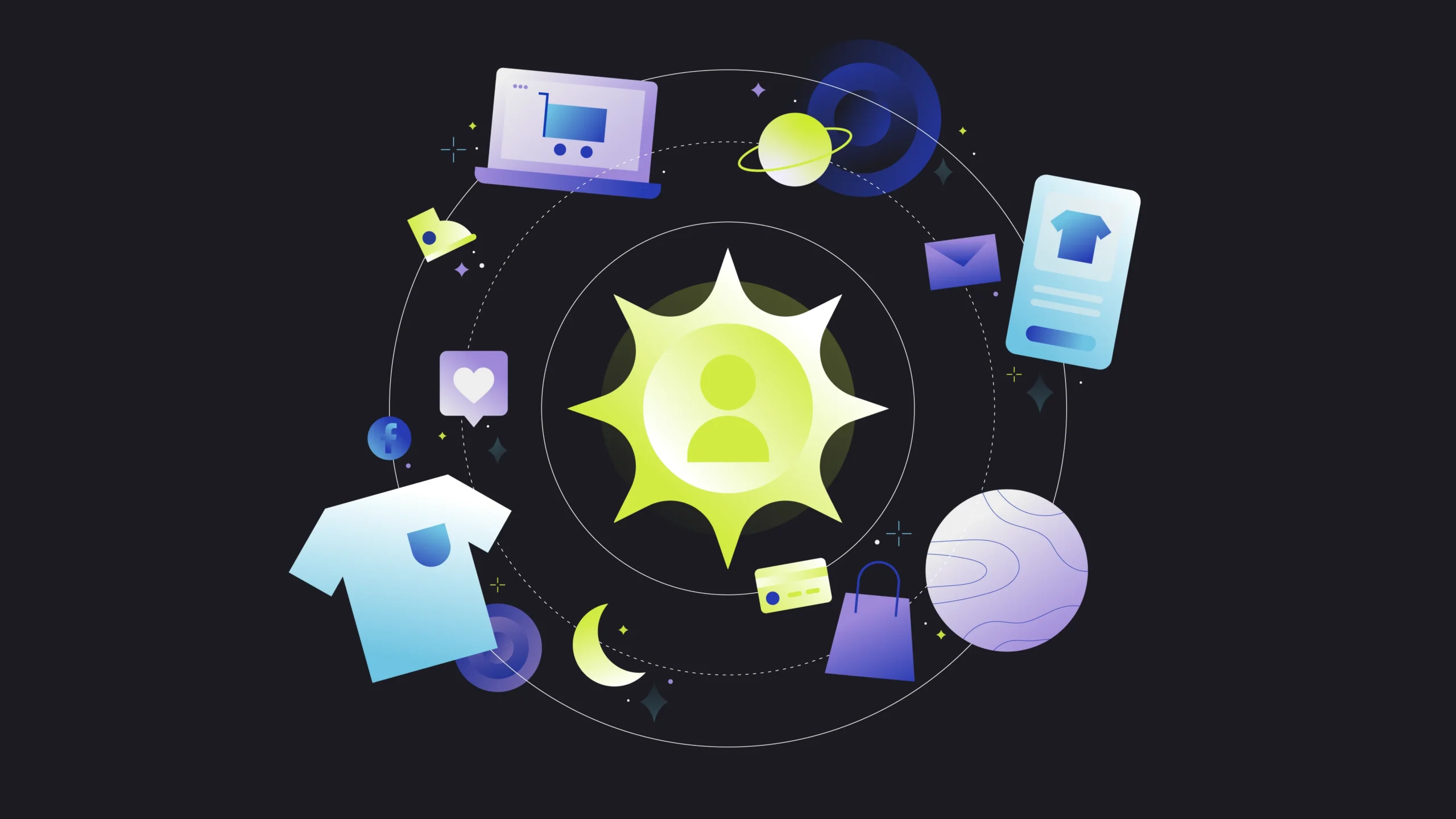Have you ever ly to have them disappear when you view the same basket on desktop. The solution to these subpar exhad the victim of a frustratingly disjointed shopping experience? For example, explaining an issue to a service rep, only to have to re-explain yourself when your call or chat gets passed along to someone else. Or adding items to your basket on mobile onperiences is an omni-channel strategy.
What is omni-channel?
Omni-channel is an ecommerce approach that includes all the tools, technology and strategies used to create a seamless, cohesive shopping experience for your customers.
Shoppers transact and interact on a lot of different channels: your ecommerce website, mobile apps, social media and more.
The difference between Omni-channel and muiltichannel
Omni-channel
Focussing on providing a unified, seamless customer journey. It ensures that every shopper experiences a consistent, uninterrupted flow of communication, regardless of their chosen channel.
Multichannel
Using multiple channels to sell to and communicate with customers. However, there is no coordination between these channels, with each channel operating independently from the others.
The omnichannel model is also based on using multiple methods to sell products and engage with customers, such as physical stores, websites and mobile apps. It also allows customers to communicate with the brand via multiple channels and touchpoints, such as phone, email, webchat, SMS and social media.
But unlike multichannel, omnichannel allows these channels to coordinate with each other and share data, enabling brands and customers to conduct business with each other in a seamless, uninterrupted manner.
In addition, such coordination ensures a consistent experience for customers, regardless of which channel they prefer and how they want to interact with the brand.
What are the benefits of omni-channel?
1. Increase brand awareness
The more channels you’re on, the easier it is for shoppers to find you. The easier it is to move between your channels, the more likely shoppers are to enjoy the experience — and keep coming back.
2. Improve your customer experience
Consistency is key. Whether shoppers interact with you through social commerce, in your retail app or on your ecommerce website, they want the experience to feel the same. With an omni-channel strategy, you can meet and exceed customer expectations.
3. Grow loyalty
Convenience, personalisation and accessibility are the heart of omni-channel experiences. And they also happen to be driving factors of customer loyalty. With omni-channel strategies, you can anticipate and fulfil customer needs more effectively and foster deeper connections with your shoppers.
4. Boost revenue
An omni-channel strategy makes it possible to engage with customers at various touchpoints and cater to their unique preferences for browsing, purchasing and fulfilment. You can also leverage data and insights from multiple channels to personalise marketing efforts, optimise pricing strategies and enhance cross-selling and upselling opportunities. The result? Better retention, higher customer satisfaction and increased revenue.
Omni-channel is not just a trend in e-commerce — it’s a critical strategy for delivering exceptional customer experiences. When sales and support channels are seamlessly connected, you provide convenience, build trust, strengthen loyalty, and drive sustainable growth. Investing in an omni-channel strategy is investing in the future of customer experience.
Source: Commerce






